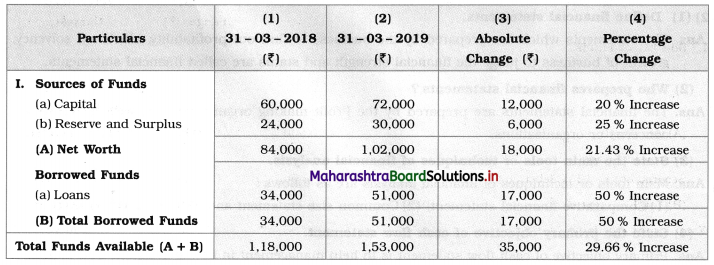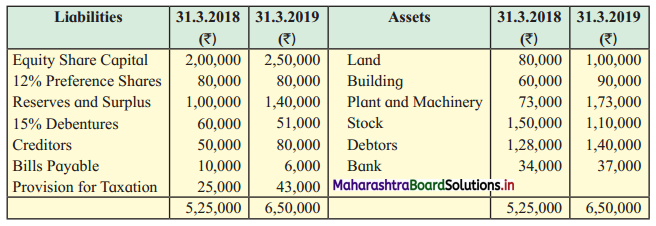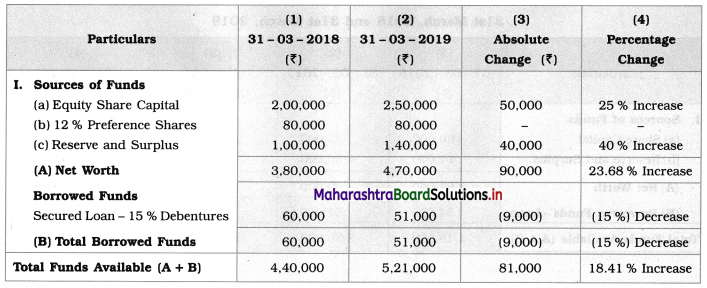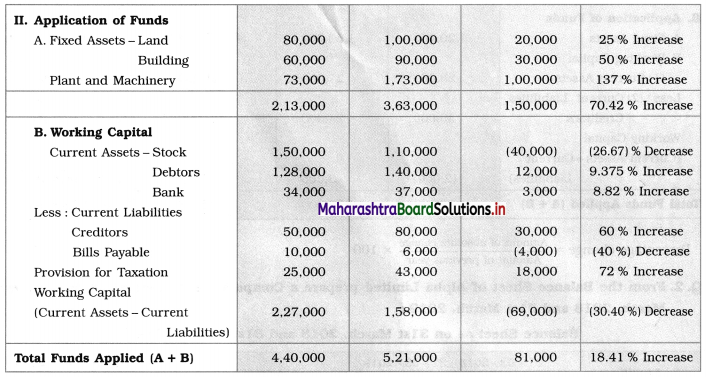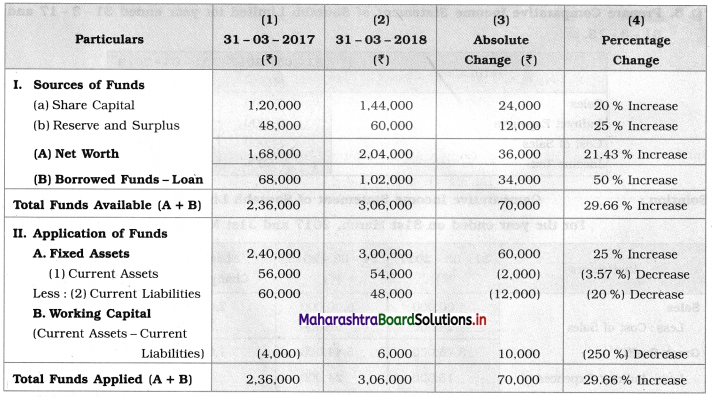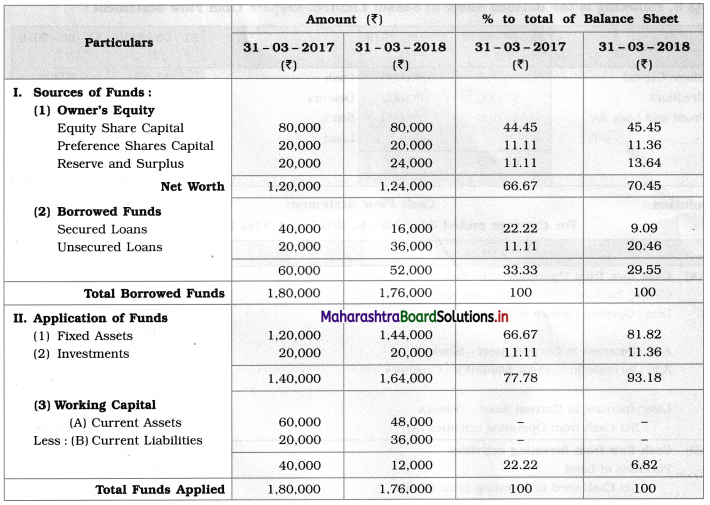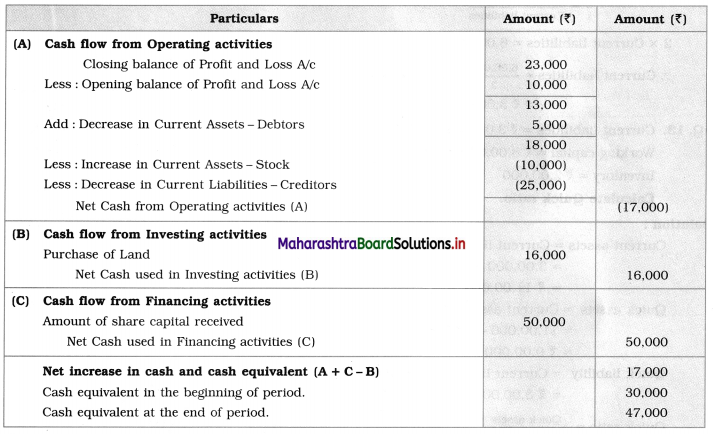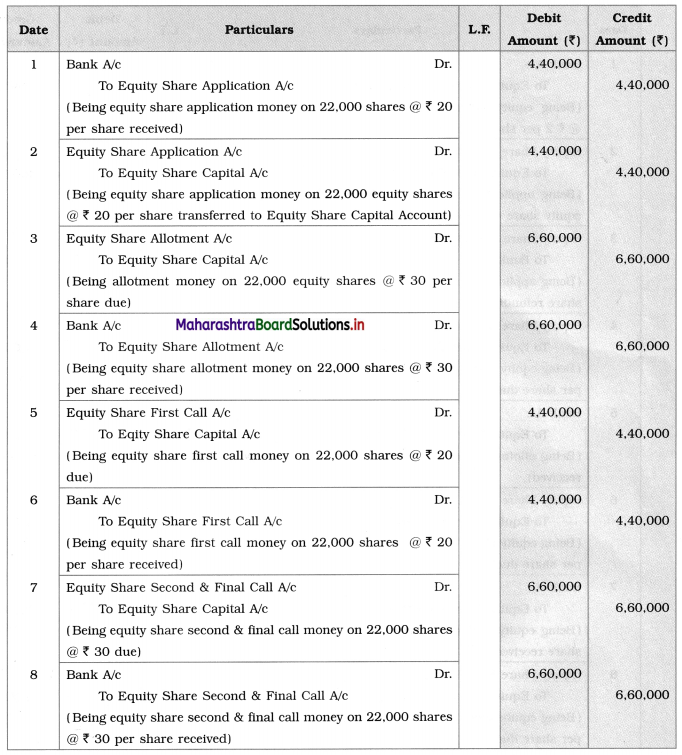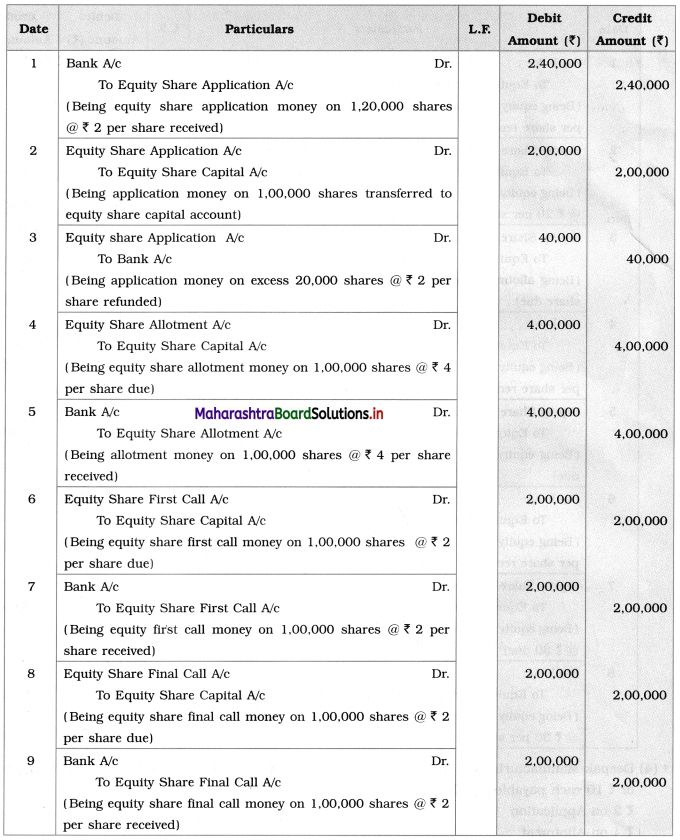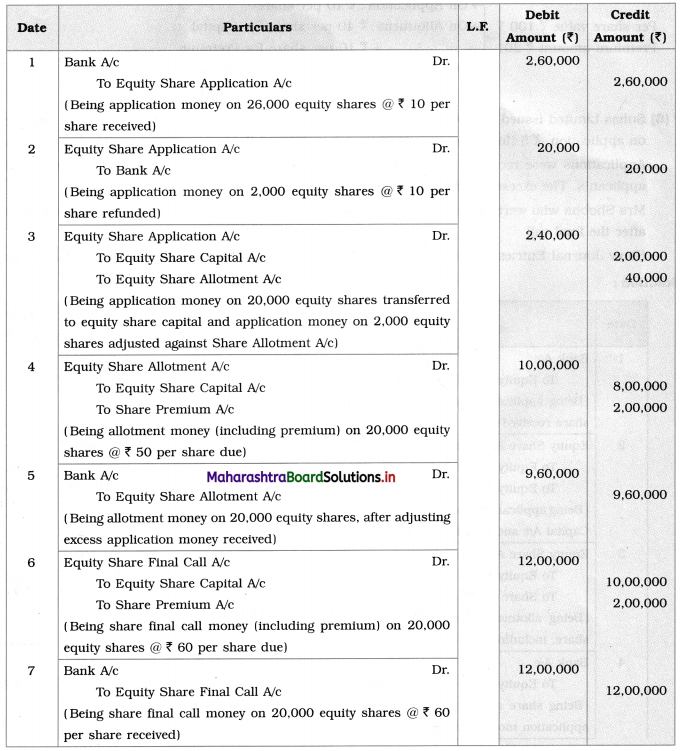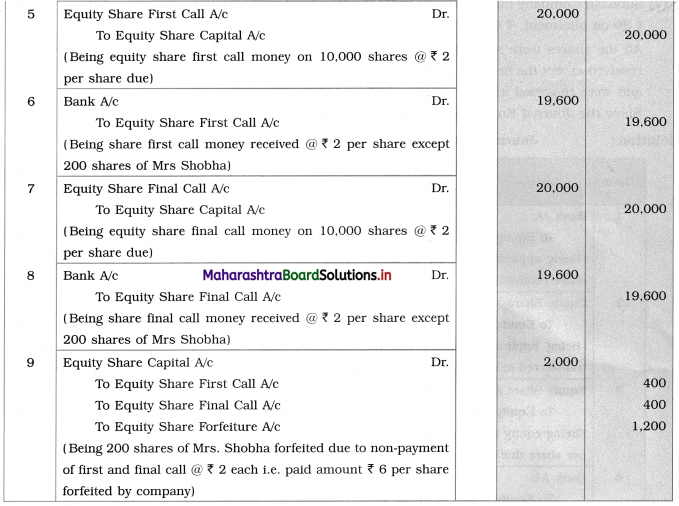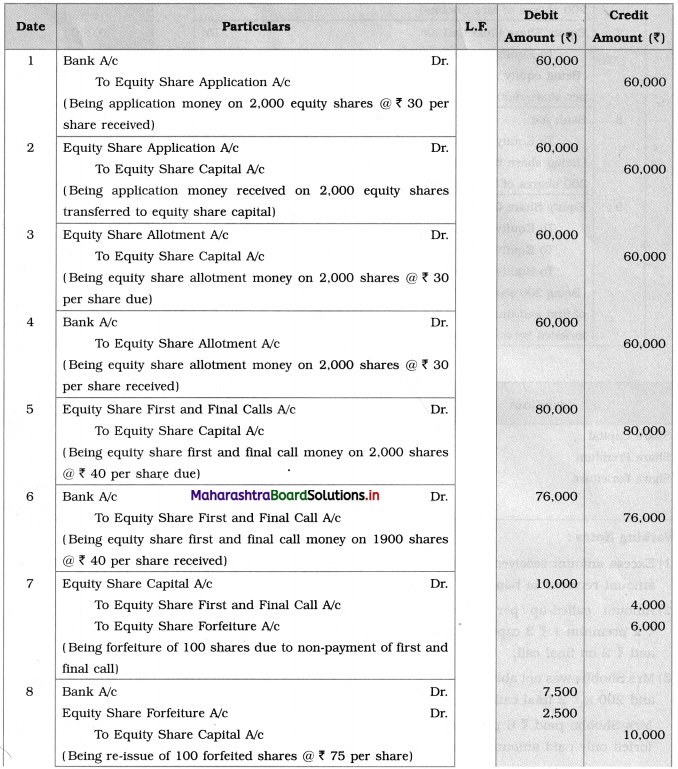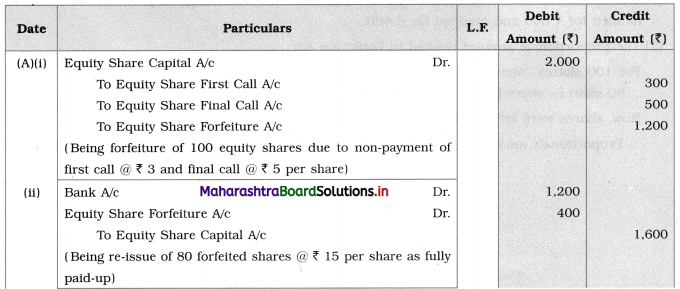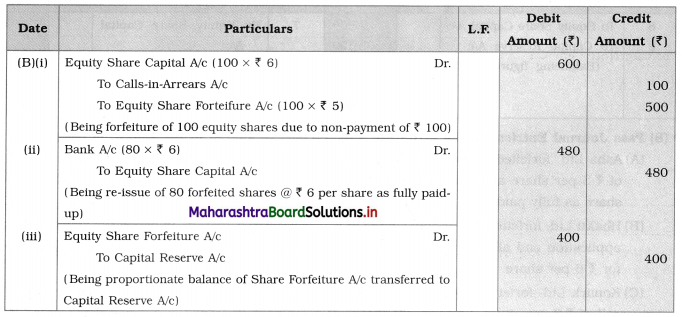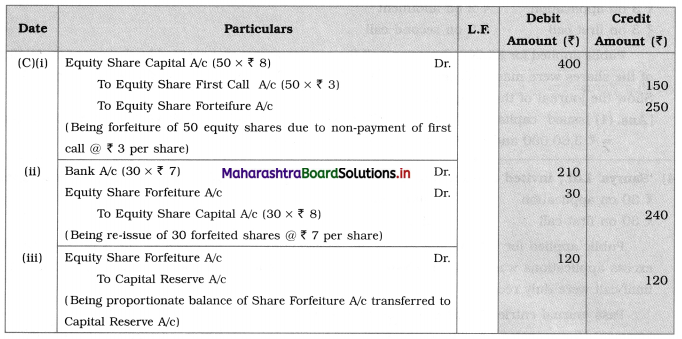Balbharti Yuvakbharati English 12th Digest Chapter 3.1 Summary Writing Notes, Textbook Exercise Important Questions and Answers.
Maharashtra State Board Class 12 English Yuvakbharati Solutions Chapter 3.1 Summary Writing
12th English Digest Chapter 3.1 Summary Writing Textbook Questions and Answers
Discuss in pairs and guess the correct alternative for the following:
Question 1.
To summarize means …………… .
(a) Put information in chronological order.
(b) To recapitulate the main points in selection
(c) To introduce new information
(d) To write one’s opinion about selection
Answer:
(b) To recapitulate the main points in selection
![]()
Question 2.
The type of summary that consists of a paragraph to express the main idea is …………… .
(a) Outline
(b) Report
(c) Synopsis
(d) Written summary
Answer:
(d) Written summary
Question 3.
There are various ways of incorporating other writers’ works into your own writing. They differ according to the closeness of your writing to the source writing. Match the ways of writing in brief given in column (A) with their descriptions in column (B):

Answer:
- Summarizing – (e) It includes main ideas into one’s own words.
- Paraphrasing – (f) It must be identical to the original and match the document word by word.
- Precis writing – (d) It includes taking broader segment of the source and condensing it slightly.
- Quoting – (a) It includes not just the main idea but every detail expressed clearly and to the point.
- Editing – (b) It includes selection of proper lines from the given text for correction, condensation and organization.
- Gist writing – (c) It includes the most essential part or the crux of the matter.
![]()
(A1)
Question 1.
Complete the following as instructed:
Read the passage and write its summary according to the given steps:
Answer:
Use the following steps for summary writing:
Step 1: Read the article twice.
Step 2: The purpose of writing – To tell the reader about the interesting communication methods among birds and mammals.
Step 3: Identify the main idea – Surprising examples of communication methods among birds and mammals.
Steps 4 and 5: Write the first draft: Revise your first draft and edit it.
(Students may attempt this on their own.)
Step 5: Write the final draft (Given overleaf.)
(A2)
(ii) Avoid adverbs:
Delete the adverbs in italics and rewrite:
Question (a)
“That’s usually a good thing to do.”
Answer:
“That’s a good thing to do.”
![]()
Question (b)
“That’s fairly good coffee.”
Answer:
“That’s good coffee.”
Question (c)
“I totally agree.”
Answer:
“I agree.”
Question (d)
“Actually I disagree.”
Answer:
“I disagree.”
Question (iii)
One word substitution:
Find examples similar to those given in the textbook and make a list:
Answer:
- friendly relationship in which people understand well : rapport (pronounced as ‘rappo’)
- able to cause death: fatal
- seize by way of penalty: confiscate
- someone who goes into buildings in order to steal: burglar
- the principal character in a play or a story: protagonist
- the path described by an object moving in air: trajectory
- a person regarded as a symbol: icon
- a person who knows many languages: polyglot
- a badly behaved child: brat
- a period of ten years: decade
- a persistent increase in the general level of prices: inflation
- organisation of supplies and services for any, complex operation : logistics
- extremely careful about details: meticulous
- not harmful or offensive: innocuous
- present, appearing or found everywhere: ubiquitous
![]()
(ii) Change the following sentences into simple:
Question (a)
Mr. Rohit is the member and he is also the director.
Answer:
Mr. Rohit is the member and also the director.
Question (b)
The room is so small that it cannot accommodate many people.
Answer:
The room is too small to accommodate many people.
Question (c)
You have to prove that you are innocent.
Answer:
You have to prove your innocence.
Question (d)
He was late so he walked in a great hurry.
Answer:
Being late, he walked in a great hurry.
![]()
(A4)
Question (i)
Read any book of your choice and write its summary according to the steps explained in the chapter.
Question (ii)
Find some professions that require the skill of summary writing and editing. Write them
in your notebook.
Yuvakbharati English 12th Digest Chapter 3.1 Summary Writing Additional Important Questions and Answers
Question (i)
Cut redundant words:
Write five examples of redundant words:
Answer:
- puzzling mystery = ‘mystery’
- connect together = ‘connect’
- divide into two equal halves = ‘divide into halves
- surrounded on all sides = ‘surrounded’
- return back = ‘return’

